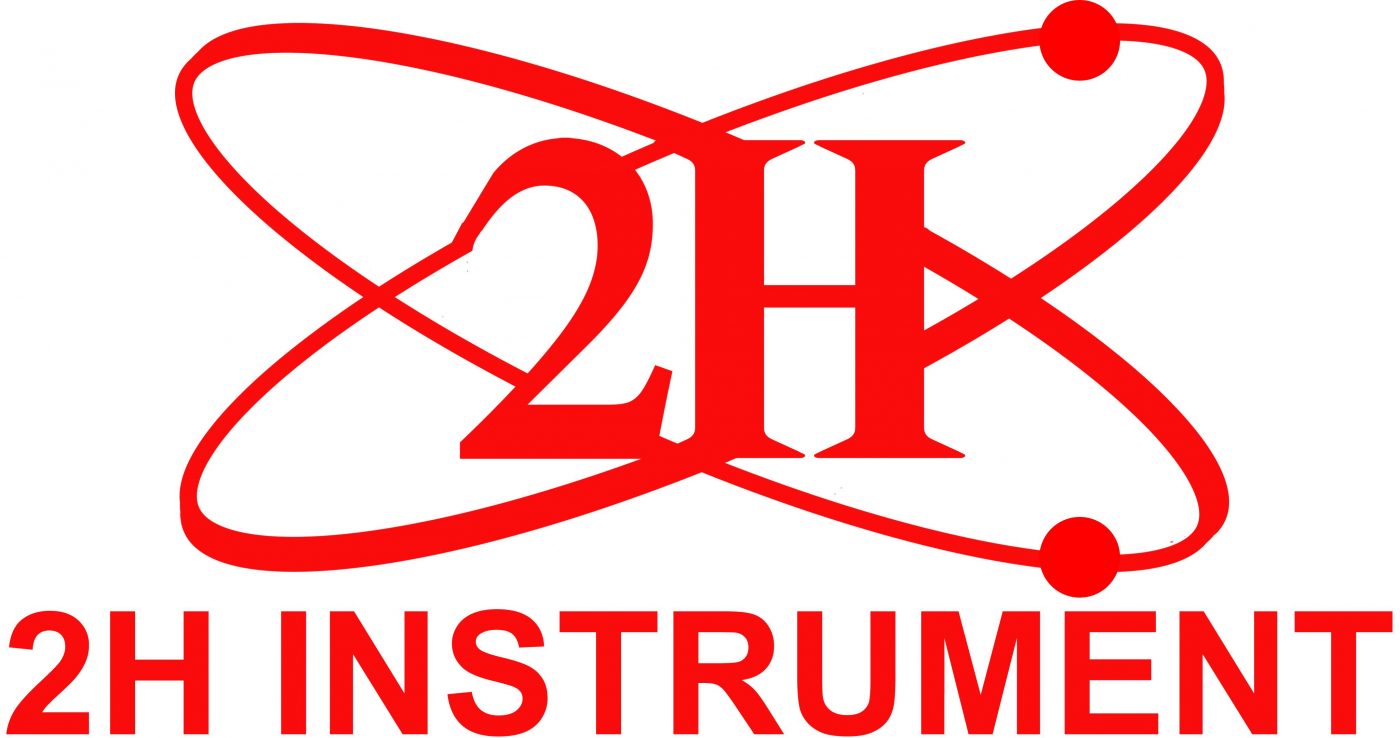Chưa có sản phẩm trong giỏ hàng.
Tin tức, Công nghệ & sản phẩm mới, Khoa học và đời sống
Measuring billions of nanoparticles: SAXS delivers excellent results across the world

Source: BAM, Division Polymers in Life Sciences and Nanotechnology
For standardization, safety, industry and research, we need to be able to measure on the nanometer scale. Nanostructures in metals, for example determine how the metal performs. Likewise, nanoparticles behave very different than microparticles, and are used in Quantum Dot televisions and catalysts.
Measuring on the nanoscale is hard, and only a handful of techniques can be used. A powerful electron microscope can provide nice images of the structures at these nanometer sizes, but is time-consuming to use, and can only look at a microscopic amount of material at a time. When we want to rapidly look at the nanostructure in a lot of material, we prefer to use Small-Angle X-ray Scattering (SAXS). In SAXS, we carefully shine X-rays through a material, and observe how a small amount of X-rays change direction by a small amount due to the nanostructure in the material.
The 100-year old technique of SAXS can easily measure the nanostructure in cubic millimeters of material at once, but the resulting data is very difficult to interpret. We did not even know if the vastly different SAXS machines around the world would all give the same data! To find out, we sent the same sample around the world to measure in other leading laboratories. The sample contained billions of about 6 nanometer large silver particles floating in water.
The results were astounding: the 22 different laboratories, with very different SAXS instrument designs, were all able to measure 45 datasets of the particles. We analysed these datasets with different methods, and found that all the results agree surprisingly well. The diameter of the silver nanoparticles was determined with a precision of 98%, and the amount of nanoparticles in water could be measured with a precision of 90%. These results show that — when done right — SAXS is a really reliable technique for measuring nanoparticles and nanostructures.
Because of these advances, BAM is further investing in SAXS: we have built a new laboratory SAXS instrument, the “MAUS”, with the best design we could realise. This new 6m-long instrument is a big improvement over our standard machines, and will be used for the advancement and standardisation of SAXS. Together with our new data correction methods, it lets us measure more precise than ever over a wider range of angles, letting us look at structures from 0.2 to 2000 nanometer in size. The MAUS puts us at the front lines of analytical sciences, allowing us to investigate new materials and applications. It may, indeed, be the key to the future of good SAXS, as we collaborate with the other outstanding laboratories to measure better.
Nanoparticle size distribution quantification: results of a small-angle X-ray scattering inter-laboratory comparison
Brian Richard Pauw, Claudia Kästner, Andreas F. Thünemann
Journal of Applied Crystallography, Volume 50, Pages 1280-1288, Part 5
BAM Department Materials Protection and Surface Technology, Division Polymers in Life Sciences and Nanotechnology
Further Information
Source: BAM

